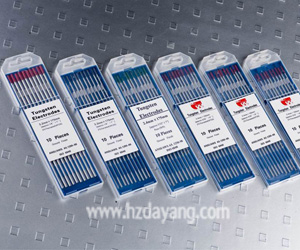| Replay: ER321 austenitic stainless steel welding wire uses: for 1Cr18Ni9Ti, 0Cr18Ni11Ti (equivalent to original grades 0Cr18Ni10Ti), United States S32100, 321; Europe X6CrNiTi18-10, 1.4541; Japan: SUS321 similar composition of austenitic stainless steel such as welding.
Hello! First explain ER321 (not ER-321) wire stainless MIT wire, mainly for the MIG (high efficiency generally plate thickness greater than 3mm). TIG (low efficiency, the general thickness thicker plate thickness) of not more than 6mm or important structures are generally not used for other welding methods.
ER321 not flux cored wire, but solid wire. The wire grades for the American Welding Society: AWS A5.9 ER321 national standard: GB / T 4241 H08Cr19Ni10Ti. The weld metal by adding titanium to carbon sequestration, and to prevent intergranular carbide precipitation, and improved resistance to intergranular corrosion of welds with good mechanical properties.
An example of the chemical composition of the wire (%): C: 0.028 Mn: 1.85 Si: 0.45 S: 0.010 P: 0.019 of Cr: 18.92 of Ni: 9.25 Ti: 0.34 Mo: 0.007 of Cu: 0.07
Example of weld metal mechanical properties: tensile strength Rm (MPa) 575 Elongation A (%) 40
Precautions and operating points:
1 to obtain good mechanical properties to make the weld, the weld seam of the protective gas is recommended Ar +2% O2 protective gas flows 20-25/min appropriate.
2 DCRP welding, welding arc length generally take 4-6mm arc prone porosity and other defects too long, the arc invasive will deteriorate too short.
3 in the welding process, the size of the welding line energy directly affect the mechanical properties of the weld metal and crack resistance should be concerned about.
4 before welding should be strictly clear of oil, water and other impurities in the welding area.
5 more welding points, and recommendations are for reference only, users in the wire used in the official product before welding procedure qualification shall be according to their welding characteristics. |












